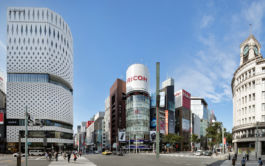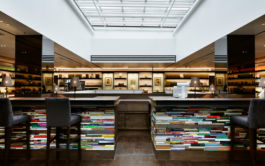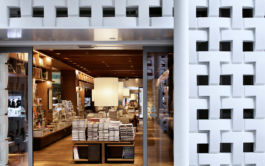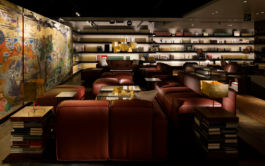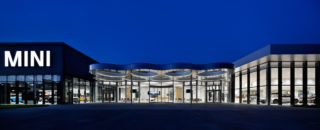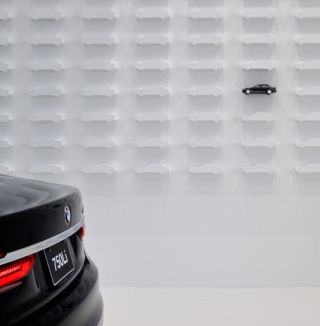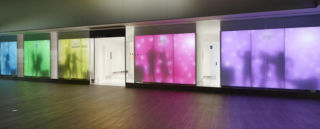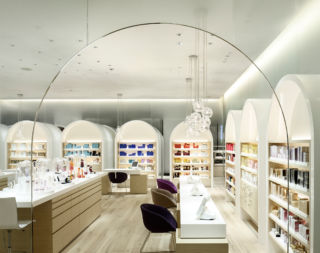Klein Dytham architecture
1-15-7 Hiroo Shibuya Tokyo 150-0012 Japan
After studying together at the Royal College of Art, graduates Astrid Klein and Mark Dytham travelled to Tokyo, initially working with architect Toyo Ito, before starting Klein Dytham architecture in 1991.
The multi-disciplinary design practice is best known for its architecture, interiors and installations and the consultancy has a high profile client list which includes Google, Tsutaya, Shiseido, Sony and Selfridges.
It is their design for the Wonder Room at Selfridges in 2007, where many of us will have first encountered the practice. Wonder Room was something new in department store retailing and hosted a rotating series of exhibitions as well as being used by brands as a pop-up space. Alongside, their concept Wonder Room sought to reintroduce some of the surprise and wonder of the original ethos of the department store in its luxury emporium.
The Daikanyama T-Site project for book, movie and music retailer Tsutaya is a stunning piece of retail, incorporating Klein Dytham’s architectural, interior and merchandising design skills. The façade of the three interlinking buildings initially appears to look like the weave of cloth, but on closer examination one can see that it is actually made up of the interlaced Ts of Tsutaya’s logo, subtle branding with a strong aesthetic.
This and many of their other concepts, reflect Klein Dytham architecture’s cultural location; the Japanese have a thirst for the new, and a sensitivity to material and detail in crafting which visibly plays into the consultancy’s design thinking. This can be clearly seen in the ‘woven’ facade of Ginza Place.
A playful side to the consultancy can be seen in their project for Japanese bathroom brand TOTO. Inside is a public toilet and a functioning product showroom, whilst from the outside it appears to reveal silhouettes of the toilet users behind, these are in fact LED screens playing recorded sequences that include dancing and cleaning. A dichotomy of what is public, and what is private.
Their project for the BMW Group showroom and experience centre in Tokyo, houses a showroom both for BMW and Mini, incorporating both a café and conference centre. Every detail from the largest to the smallest has been considered; from the sculptural ‘gasket’ canopy, to the display of the single black BMW, confirming with customers that they are buying an iconic piece of engineering.
Their innovation is deep founded and diverse. Together Astrid and Mark also founded PechaKucha the exciting format of show-and-tell events, where presenters show and talk about 20 images for 20 seconds each, a revolutionary format that is now practiced around the globe.
Photo Credits: Daici Ano – Gallery TOTO, all other images – Nacása & Partners





